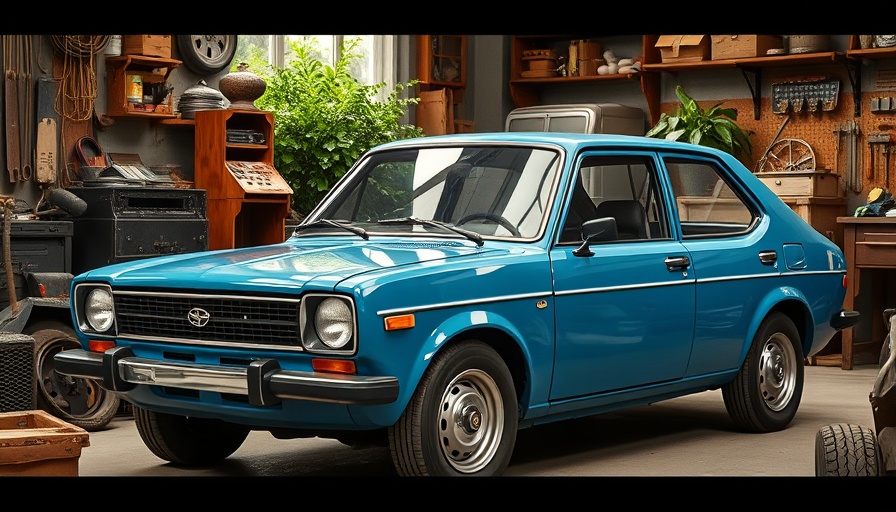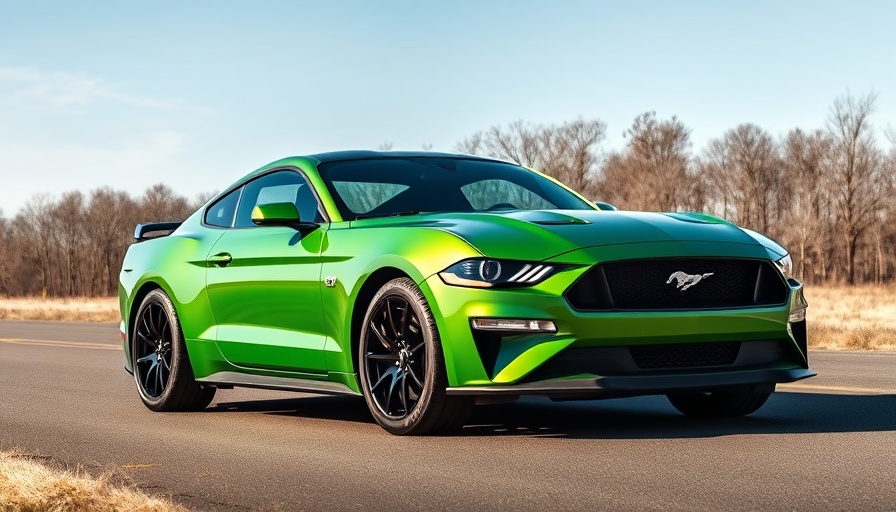
Rediscovering the Manual Transmission in Electric Vehicles
As electric vehicles (EVs) gain traction in the automotive market, enthusiasts often lament the transition away from the mechanical connection of a manual transmission. The dominance of single-speed drive systems in many modern EVs has sparked discussions about driver engagement and control. Thankfully, the Jet Electrica 007, an intriguing vehicle from the 1980s, challenges the notion that the manual transmission is a relic of a past era.
The Jet Electrica 007: A Glimpse Backward
The Jet Electrica 007 was an ambitious project from an era when the automotive landscape was shifting dramatically. Produced by Jet Industries, this pioneering vehicle featured a four-speed manual transmission—a remarkable feat for its time. While the Dodge Omni may not have been a standout performer in the automotive world, this innovation sought to provide an exhilarating driving experience that many modern EVs lack.
Why Drivers Prefer Manual Transmissions
For many gearheads, the thrill of driving is amplified through a manual gearbox. The physical act of shifting gears offers a tactile relationship with the car that automatic systems fail to replicate. In essence, it fosters a deeper connection between the driver and the vehicle. As electric vehicles become more prevalent, addressing this emotional aspect could enhance EV appeal. While advancements, such as Hyundai's simulated dual-clutch transmission, attempt to mimic manual feel, many enthusiasts still yearn for the real thing.
Impact of the Malaise Era on Innovation
The Malaise Era of the 1970s and 1980s is often characterized by uninspired automotive designs and performance. However, amid the constraints of fuel economy standards and safety requirements, some manufacturers, including Jet Industries, paved the way for EV technologies that would later become mainstream. Their work highlights how necessity can breed innovation, even in challenging times for the automotive industry.
Reviving Manual Transmissions: A Future Trend?
As we look ahead to 2024 and beyond, the possibility of reintroducing manual transmissions into electric vehicles may not be as far-fetched as it seems. Increasingly, car manufacturers are recognizing the importance of a driving experience that resonates emotionally with consumers. By integrating manual options, companies could tap into a niche market of passionate drivers who crave an exhilarating and engaging drive.
The Role of Consumer Feedback in Automotive Innovation
Consumer demand play a pivotal role in shaping the future of automotive technology. As vehicle ownership costs continue to rise, drivers are more concerned than ever about reliability, performance, and fuel efficiency comparisons. Manufacturers that embrace feedback regarding driving experiences, such as the use of manual transmissions, can enhance their reputations and build brand loyalty. The buzz around electric vehicle reviews frequently indicates that many consumers enjoy the practicality of these technologies but yearn for the thrill that traditional vehicles once offered.
Conclusion: The Enduring Appeal of Manual Gearboxes
The Jet Electrica 007 serves as a testament to the creativity and forward-thinking that characterized early electric vehicle development. As the automotive industry continues to evolve, the potential to incorporate manual transmissions in electric vehicles could bridge the gap between traditional driving enthusiasts and the green revolution that EVs represent. Will other manufacturers take a cue from the past?
 Add Row
Add Row  Add
Add 




Write A Comment